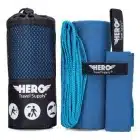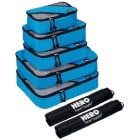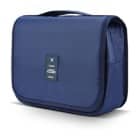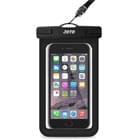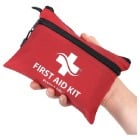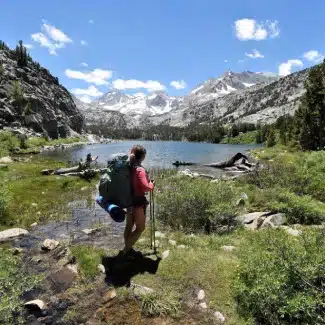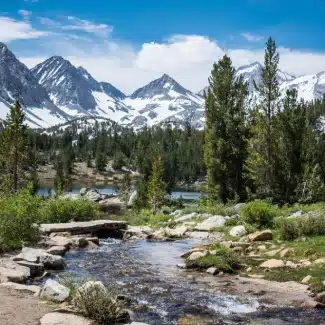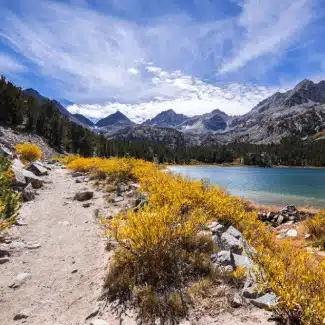Swimming: There are plenty of places along the trail to stop and go for a dip. After hiking for quite a few days, it is also nice to wash some stink off. Some places include the Either of Cathedral of Lakes, Marie Lake, and Middle Rae Lake, just to name a few.
Many water spots come from snow-capped mountain runoff, so prepare for the water to be chilly! You can always wear a rash guard to keep warm. Of course, have a swimsuit, or swim trunks with you. I usually like to have waterproof sandals with me for going into rivers and streams to swim. Sunscreen, sunhats, and bug spray are advised.
Mountain Biking:
Within the John Muir trail, there are over 30 miles of biking trails ranging from .5-12 miles long! Depending on what you are looking for, you can do these trails in 4-5 days or spend just the day doing smaller trails. Most trails are intermediate to difficult.
Mountain biking usually will only take place from July-late September, so there is no risk of ice. During these months, you can wear spandex shirts, proper biking shorts, and bike shoes. Always wear a helmet, and don’t forget sunscreen!
Camping:
As you spend three weeks out on the trail, you will be hiking almost every night. You can camp anywhere along the trail, but basic campsite rules apply (do not camp in meadows or vegetation lands, and must be 100 feet away from any water source).
Usually, most nights get pretty chilly in the High Sierras. You will end up wearing insulated thermals, a fleece, and a hat every night. It is nice to wear sandals around the campsite and to let your feet breathe.
Hiking:
Every day is a hiking day as you traverse through the Sierra mountains! Most people tend to hike around 10 miles a day, and each day should be planned out and mapped out ahead of time. Some of these trails are no joke and aren’t for most beginner hikers. Hiking this trail can be a challenge, but ever so worth it.
Of course, hiking boots are going to be the most important clothing item. Base layer shirts are my second favorite hiking item to protect from the sun and add some extra warmth. Hiking pants and hiking shorts are good to wear, and I like having breathable hiking t-shirts as well. Sunglasses, sun hats, and sunscreen are all great for sunny days. Rain ponchos are perfect to put around you and your pack when random rain showers come down.




